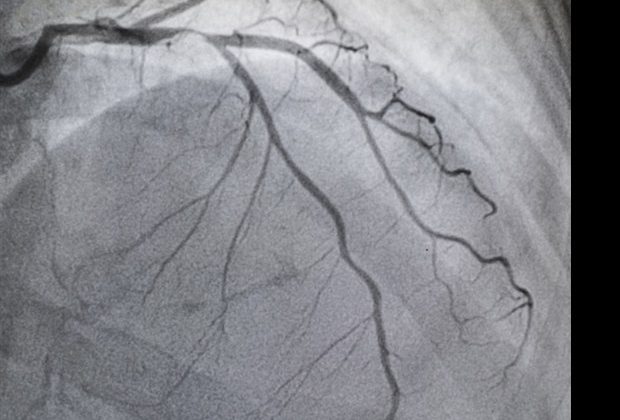New long-term data from the Safety Assessment of Femoropopliteal Endovascular Treatment With PAclitaxel-coated Devices (SAFE-PAD) study were presented today as late-breaking clinical research at the Society for Cardiovascular Angiography & Interventions (SCAI) 2022 Scientific Sessions. The analysis found no meaningful difference in survival between patients treated with a paclitaxel drug-coated device (DCD) and those treated with a non-drug coated device (NDCD) for up to six years after the index procedure, regardless of the patient's mortality risk and device type.
Peripheral vascular intervention is used to treat patients with symptomatic peripheral artery disease (PAD), a condition in which the vessels that carry block from the heart to the legs becomes narrowed or blocked (CDC) and impacts 6.5 million people in the United States (AHA). Paclitaxel-coated peripheral devices were considered the stand-of-care when treating PAD patients due to the decreased need for revascularization, a common risk of peripheral vascular intervention.
However, a 2018 meta-analysis found paclitaxel-coated peripheral devices were associated with increased mortality, drawing into question the safety of these devices. The SAFE-PAD study was created in collaboration with the Food & Drug Administration to evaluate the long-term safety of paclitaxel-coated devices compared with non-paclitaxel-coated devices for femoropopliteal artery revascularization among a broad, real-world population of patients with peripheral artery disease.
The study included Medicare beneficiaries ≥66 years treated with a DCD or NDCD from 4/1/2015-12/31/2018. Non-inferiority between devices was evaluated for mortality through 7/21/2021. A number of pre-specified subgroups, including a cohort at the lowest risk of mortality defined as those aged 66-70 with no critical limb ischemia and ≤2 comorbidities, were evaluated.
Our goal is to give patients the most durable treatment possible that will keep them out of the hospital and living their lives. Patients with PAD tend to be of lower socioeconomic status, more likely to be underserved minority populations and often need to travel long distances or take time off work to seek treatment. Not having access to important treatment options known to reduce the risk of repeat intervention can have a substantial influence on our PAD patients, ultimately impacting their outcomes and quality of life. The findings presented today add to the growing body of evidence showing these devices are safe for use."
Eric Secemsky, Director of Vascular Intervention at Beth Israel Deaconess Medical Center, Section Head of Interventional Cardiology and Vascular Research at the Richard A. and Susan F. Smith Center for Outcomes Research in Cardiology and Assistant Professor of Medicine at Harvard Medical School
Of 168,553 patients, 70,584 (41.9%) were treated with a DCD. Median follow-up was 3.52 years. The weighted cumulative incidence of mortality at 6.3 years was 63.6% with NDCDs and 62.5% with DCDs (p<0.0001). Findings were consistent among all subgroups. In particular, there was no difference in risk among those at lowest risk of mortality (n=4,212; weighted HR 0.98; 95%CI 0.87, 1.10).
Researchers note that were will future several reports from the SAFE-PAD study with a final report published in the next two years.
Society for Cardiovascular Angiography and Interventions
Posted in: Device / Technology News | Medical Research News | Medical Condition News
Tags: Angiography, Cardiology, Catheterization, Children, Education, Food, Heart, Hospital, Interventional Cardiology, Medical School, Medicare, Medicine, Mortality, Paclitaxel, Peripheral Artery Disease, Research, Vascular
Source: Read Full Article
